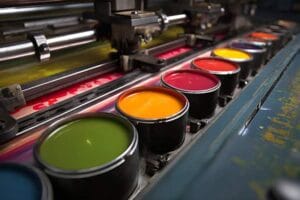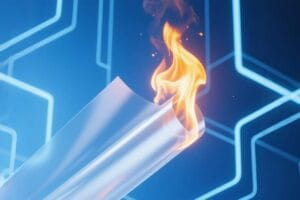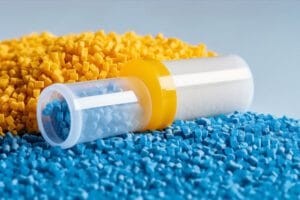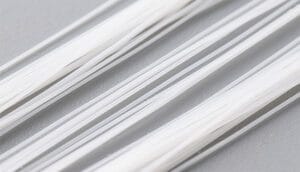With the application of Plastic Restriction of many countries, plastic straws are gradually fading out and environmentally friendly straws are becoming a hotspot. Various restaurants and drinks shops are gradually replacing the common plastic straws with the green and environmentally friendly PLA biodegradable straws. Today, we would like to introduce you to the issues related to PLA straws.
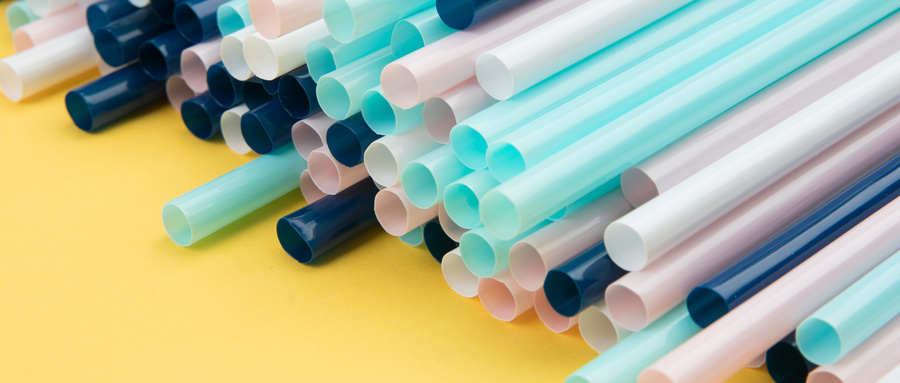
1. What is a PLA straw?
PLA is an abbreviation for Polylactide, commonly known as “polylactic acid”. PLA can be made from natural corn starch or plant fibers refined into glucose, which can be decomposed through the process of fermentation and polymerisation. PLA is an environmentally friendly material that is friendly to the environment and harmless to humans.
2. How are PLA straws produced? What are the steps involved?
PLA is produced by the following steps:
Renewable plant resources (cassava, maize, etc.) are used to produce starch. The starch is glycated to produce glucose, which is metabolised and fermented by bacteria to produce high purity lactic acid. Latic acid is then synthesised to produce high molecular weight polymerized lactic acid.
In fact, there is no difference between the production process of PLA straws and ordinary straws, as they are both produced using a one-off extrusion process.
3. What are the advantages of PLA straws?
PLA straws have good biodegradable properties, degrading to CO2 and H2O without polluting the environment. They can meet the needs of industrial composting. After high temperature extrusion, the straws are thermally stable and have good solvent resistance. The gloss, transparency and feel of the products can replace petroleum-based products, and the physical and chemical indicators of the products can meet the requirements of local food safety regulations. Therefore, it is widely used and can basically adapt to the needs of most drinks in the current market.
4. Are there any disadvantages of PLA straws?
The biggest disadvantage of PLA straws is that they are not heat resistant and will automatically decompose at temperatures above 45°C or under the influence of oxygen and microorganisms. Special attention must be paid to the temperature during transport and storage of the product, as prolonged high temperatures can cause deformation of PLA straws.
For this reason, PLA straws are not yet widely used for hot drinks due to the limitations of the raw material, and are more often used for cold drinks. In addition, the toughness and durability of PLA is also poor, limiting the application of PLA.
5. How can PLA straws improve their heat resistance?
In practice, milk tea straws need to have a heat resistance of 80°C or more. This requires modifications to the original base, both physical and chemical, to change the properties of PLA. Multiple compounding, chain expansion, inorganic filling and other technologies can be used to change the poor heat resistance of PLA itself and break the technical barrier of PLA straw material.
Specifically, the branched chain length of PLA can be controlled by changing the feed ratio of PLA and nucleating agent. The longer the branched chain, the higher the molecular weight and the larger the Tg, the more solid and higher thermal stabiality the material is. Therefore, the heat resistance of PLA increases and thermal degradation decreases.
6. Are there any technical limitations in the production of PLA straws?
PLA straws are limited by production conditions and technical thresholds, some domestic manufacturers can only achieve 60% degradability, while Chinese national standards require 80% degradability. At present, the price of PLA straws is similar to that of paper straws, but there are very few PLA manufacturers in China who meet the national standard.
7. Are there any prerequisites for PLA straws to degrade?
The products made from PLA materials do not decompose in the general atmosphere or in storage warehouses, but will only decompose rapidly when the following conditions are present, and will degrade in about 3-6 months and return to nature.
(1) Adequate moisture, with a relative humidity of 90% or more.
(2) Adequate oxygen (non-confined environment).
(3) Adequate temperature.
8. How can we improve the ageing resistance of PLA and reduce the degradation rate of PLA?
The degradation of PLA in air is mainly hydrolysis after moisture absorption. The rapid rate of moisture absorption and high equilibrium moisture absorption create the conditions for its hydrolysis. Industrially produced non-medical PLA itself contains unreacted monomers and zwitterions, which are more prone to absorb water than PLA. The monomers absorb water and then readily hydrolysis to produce acetolactic acid, which, together with the terminal carboxyl groups of the zwitterions, lower the internal pH of PLA. The amount of end carboxyl groups of the hydrolysis product gradually increases, accelerating the rate of hydrolytic degradation and is a catalyst for further accelerated hydrolysis, which can produce autocatalysis. Crystallisation and capping are the main methods used in existing technologies to address the fast degradation rate of PLA.
9. How can PLA be modified by crystallisation and capping methods?
Crystallisation aligns the PLA molecules and improves the hydrolysis resistance of PLA, but does not completely change the hydrolysis resistance of PLA. Within PLA materials, the crystalline part hydrolyses slowly while the amorphous part hydrolyses quickly, so the higher the crystallinity, the more resistant PLA is to hydrolysis.
Prior art methods of capping PLA resins, such as the Chinese patent application (CN101074501A) for PLA fiber products with good hydrolysis resistance at high temperatures and high humidity and methods of production, which improve hydrolysis resistance by adding carbodiimide or polycarbodiimide.
Polymeric carbodiimide based anti-hydrolysis agents are highly effective, durable anti-hydrolysis agents that effectively trap the terminal carboxyl groups of PLA molecules and prevent the rapid breakdown of PLA molecules.
Langyi, a professional manufacturer of carbodiimide anti-hydrolysis agents, has more than 10 years R&D and application experience in the biodegradable area. There are many successful application cases on different materials. If you have any questions about the application guidance or on the anti-hydrolysis agent, we are here ready for help.

